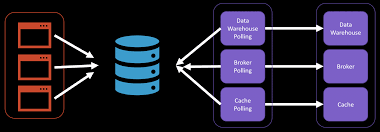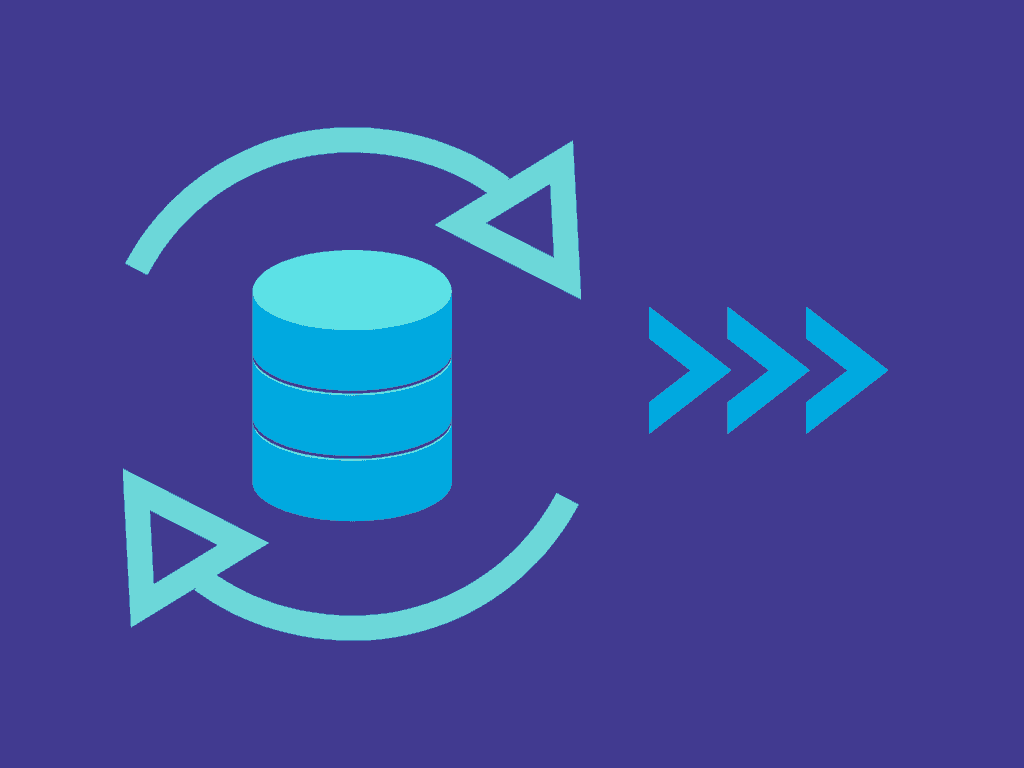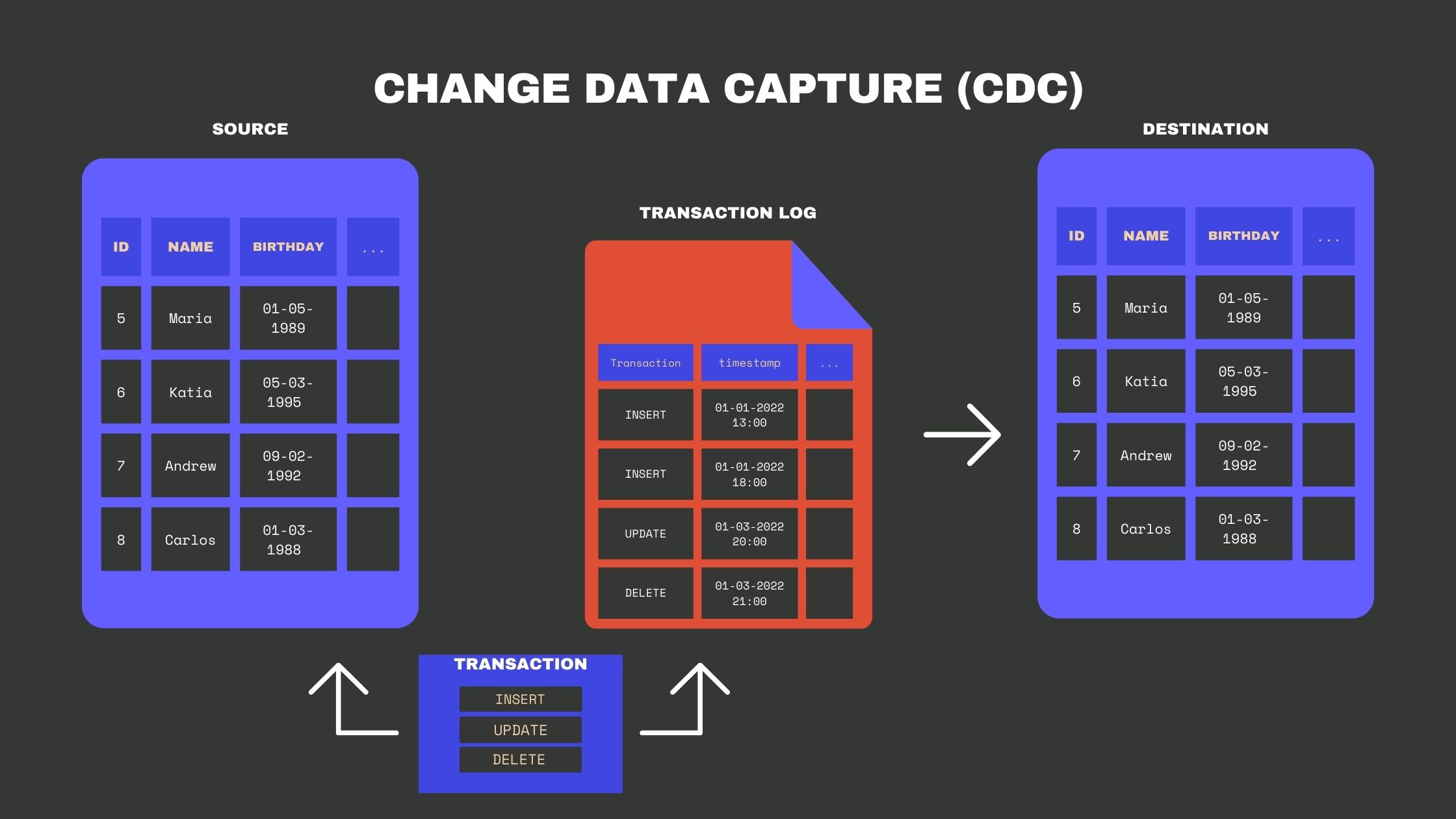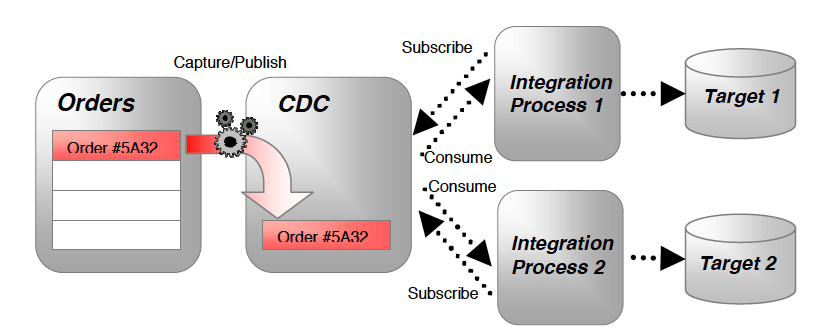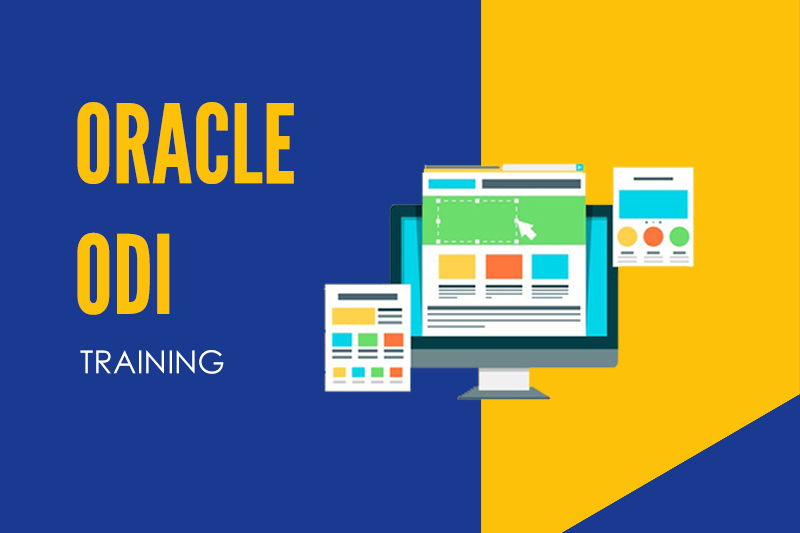22
Sep
To set up a topology for a File System and Oracle Database connection in Oracle Data Integrator (ODI), and perform reverse engineering and mapping to transfer data from files to Oracle database tables, follow these steps: Create a File System Data Server: In ODI Studio, open the Topology Navigator. Right-click on "Technologies" and select "New Data Server." Provide a name for the data server (e.g., "File System") and select the appropriate technology ("File"). Configure the connection details for the File System, such as the directory path, credentials, and any additional settings. Test the connection to ensure it is successful. Create…
